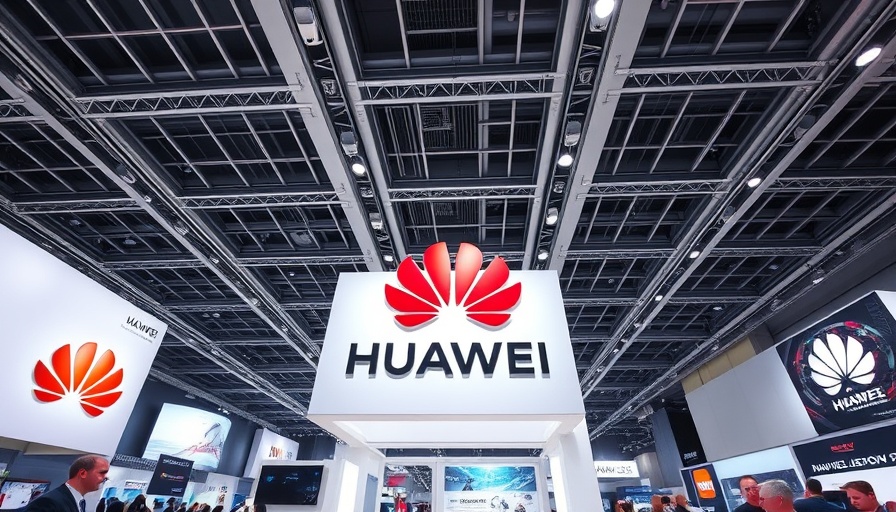
Taiwan's Strategic Move Against Huawei and SMIC
In a bold step, Taiwan's International Trade Administration has imposed export controls on two of China's leading tech companies, Huawei and SMIC (Semiconductor Manufacturing International Corporation). This decision significantly affects their ability to procure resources necessary for developing AI chips, as Taiwanese companies will now require government approval to sell any materials or technology to these firms.
The imposition of these controls is a strategic move aimed at addressing national security concerns and curbing arms proliferation. The administration's recent statement indicates that the entity list has expanded to include 601 companies, throughout China and other regions. This significant number reflects Taiwan's commitment to safeguarding its technological assets amidst rising geopolitical tensions.
The Implications for China's AI Semiconductor Development
China has been heavily investing in the development of advanced AI technologies and semiconductors, a crucial area for global technology competition. With Taiwan restricting access to essential manufacturing tools and materials, Huawei and SMIC's projects may be significantly delayed, hampering China's ambitions in the AI sector.
Industry experts believe this move may not just slow down production; it could also compel China to seek alternative suppliers or invest heavily in domestic technologies. However, building this infrastructure takes time and won't mitigate the immediate impacts of these controls.
Broader Context: Global Trade Dynamics
This latest development is part of a larger trend where countries are reevaluating their trade relationships, especially in the high-tech sector. Recent actions by the U.S. government, including adding more Chinese firms to a trade block list, indicate a growing global concern regarding technology transfer and national security. For instance, the U.S. fined TSMC, Taiwan's biggest chipmaker, over technology allegedly used in Huawei products.
Such international moves highlight how nations are grappling with the complexities of modern trade and technology. Companies are finding themselves navigating a landscape where strategic interests often clash with commercial priorities, leaving many to reassess their involvement in international supply chains.
Long-term Effects on the Tech Industry
The immediate effect of Taiwan's export controls may spark a wave of changes in the tech industry, particularly among companies that rely on Taiwanese suppliers. As they adjust to new restrictions, innovation might stall, creating opportunities for competitors. On the flip side, this presents a chance for local companies to fill the gaps left by these Chinese giants.
Furthermore, as the situation evolves, we might see heightened investment in domestic chip production technologies. Countries around the world may look to insulate their tech sectors from potential disruptions by developing homegrown capabilities.
Future of Tech Narratives in Geopolitics
As technology becomes a focal point in geopolitics, the narrative surrounding it will continue to evolve. The competition for technological supremacy will likely become a defining feature of international relations in the years ahead. For citizens and consumers alike, these changes might translate into a broader understanding of how global tech developments could impact their everyday lives.
Companies in the West may rally support for robust systems of alliances that can shield them from potential fallout caused by trade frictions while also investing in new innovations that can keep them ahead in the game.
In conclusion, Taiwan's export controls on Huawei and SMIC represent a critical pivot in the semiconductor landscape. As companies and nations reevaluate their strategies, the tech sector must brace for a shifting environment. Staying informed about such developments is crucial, as these shifts hold significant implications for the future of tech innovation, security, and trade dynamics worldwide.
 Add Row
Add Row  Add
Add 



Write A Comment